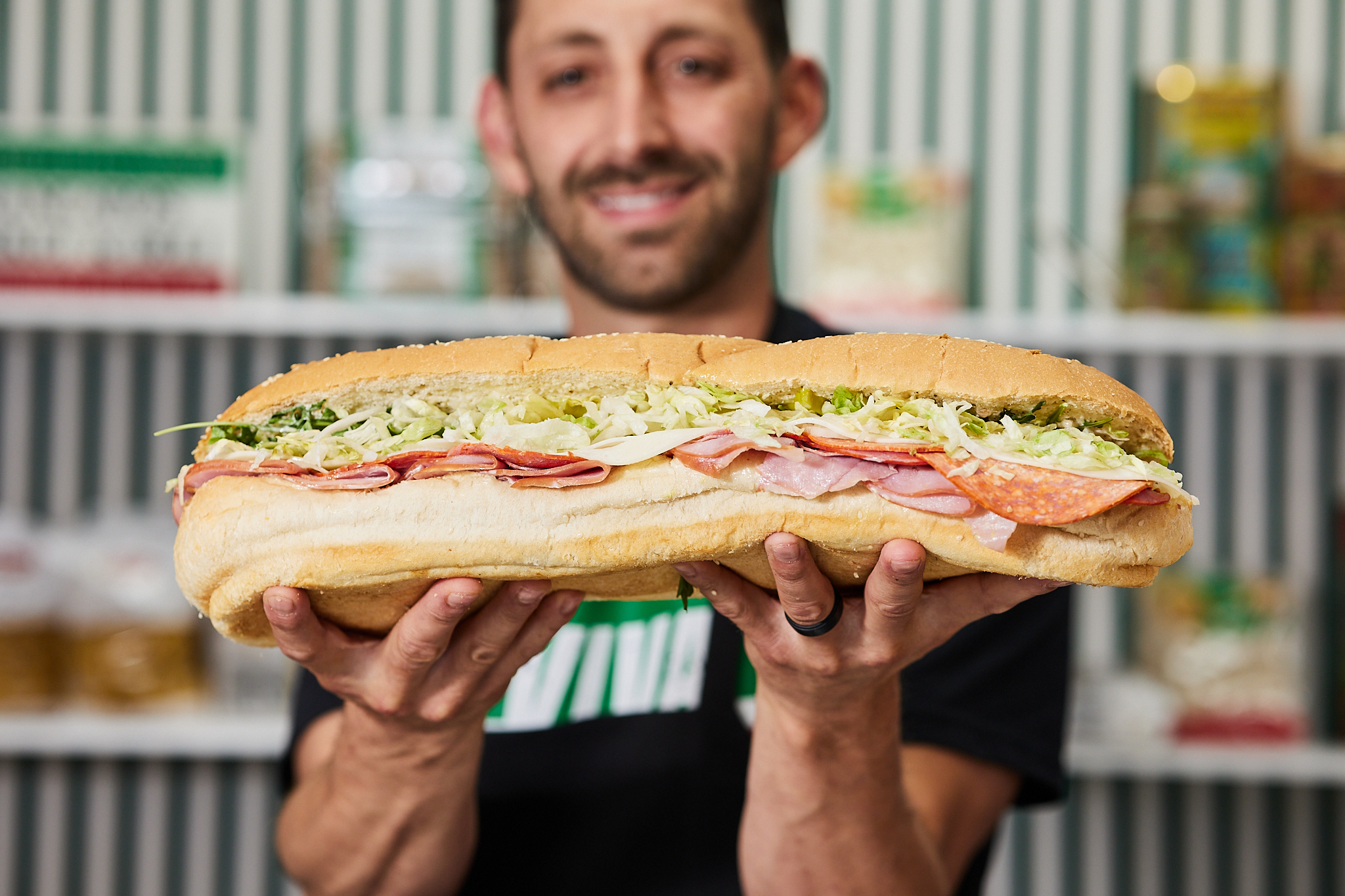With Korean BBQ, everyone has a chance at being a chef. It’s a fun and delicious interactive experience where diners cook their own marinated and sliced meats over an open grill at their table. But the collective experience can also be intimidating for first timers.
Fear not! The best advice for handling Korean BBQ is to be intuitive and don’t overthink it. When grilling, aim for a nice sear. If your meat has a dull gray tint to it or you’re questioning its doneness, keep cooking until it develops more colors. There’s no pressure to cook everything to perfection. Every protein offered is forgiving, and some crispy caramelization from the grill adds great flavor.
Some restaurants, like Choga (6920 W. 105th St., Overland Park), offer an all-you-can-eat experience while others, like Chosun (12611 Metcalf Ave Overland Park and 7800 Shawnee Mission Parkway, Overland Park), allow you to order select meat combinations and sides.
Once the server takes your order, they’ll turn on the grill to begin preheating. This only takes five to seven minutes, but typically, once your raw proteins arrive, you’re good to start grilling.<
Here’s how to navigate your experience and some extra tips:
1. Start by designating one or two people to manage the grill. Sure, being the grill master involves a bit of work, but it also bestows the prestige of authority. Bask in this position of delegation. Don’t think; just jump in and take control. Do a practice round if need be.
2. Proteins that your table is sure to enjoy are thinly sliced brisket, any variation of bulgogi or galbi, bone-in short rib, rib eye and marinated pork.
3. Start grilling the meats that take the longest to cook—thicker cuts like pork belly and steak. Check on them after two minutes and flip if ready.
4. Thinly sliced meats and shrimp will cook quickly, so you’ll need to keep an eye on them. You can usually flip them after a minute.
5. When something is finished cooking, use the tongs to either transfer it to someone’s plate or push it to the side of the grill where the heat is not as intense. If you’re the grillmaster, be the gift that keeps on giving. It doesn’t really matter if someone doesn’t want more shrimp in this family-style setting. Keep the proteins moving through the grill as necessary. Let your party eat what they want and not eat what they don’t.
6. Instead of knives, you’ll use scissors to cut your meat. The bone-in ribeye is a great opportunity for this.
7. If the grill is getting uncomfortably hot or blackened from leftover burnt meat, call over your server to turn the heat down or switch out the grill plate.
8. Think of Korean BBQ like a charcuterie board. Enjoy bites of various items with the accompanying banchan (see page 64) and sauces, and experiment with flavor combinations.





